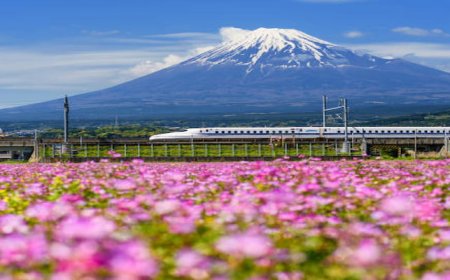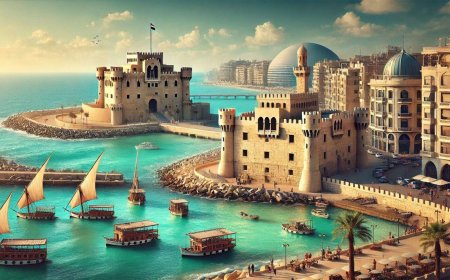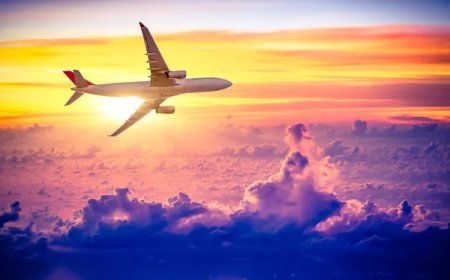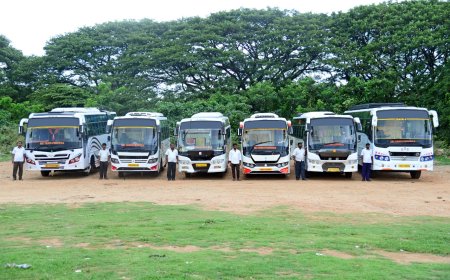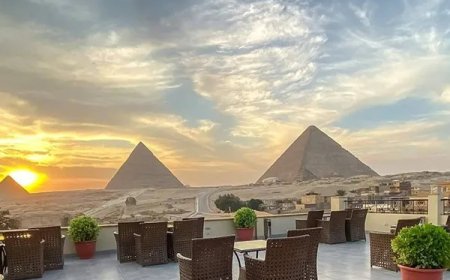Andaman Travel in July Is it Worth it
Discover the beauty of Andaman in July. Learn about the climate, attractions, and travel tips for an unforgettable monsoon getaway.
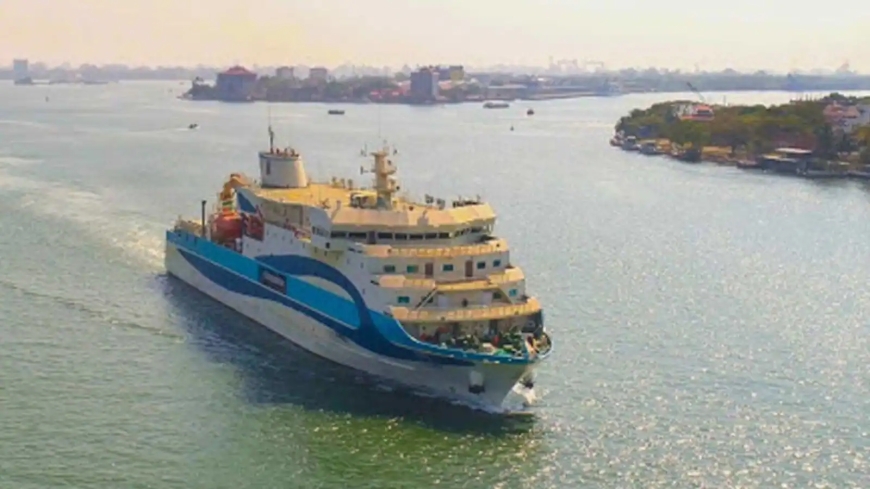
When the idea of a tropical escape comes to mind, the Andaman and Nicobar Islands inevitably feature on the list of dream destinations. With their pristine beaches, azure waters, and rich cultural tapestry, these islands are a paradise for travellers seeking both relaxation and adventure. However, visiting Andaman in July, during the monsoon season, raises an essential question: Is it worth it? Let us delve into the charms and challenges of exploring Andaman during this time of year.
The Monsoon Magic: A Unique Perspective
What to Expect from the Weather
July marks the peak of the monsoon season in Andaman, bringing with it frequent rains and unpredictable weather. While this might deter some tourists, those with a penchant for natures raw beauty find it deeply rewarding. The rain breathes life into the islands, making the landscapes lush and vibrant. The forests are greener, the waterfalls more robust, and the overall atmosphere gains a certain mystique that is absent during the dry season.
Despite the allure, it is important to be prepared for occasional disruptions. Ferry services between islands may be affected by rough seas, and some water activities might be limited due to safety concerns. Therefore, flexibility in travel plans is advisable.
The Appeal of Fewer Crowds
One of the greatest advantages of visiting Andaman in July is the relative solitude. With fewer tourists around, popular attractions are less crowded, allowing visitors to enjoy a more intimate experience. Picture yourself strolling along Radhanagar Beach, rated as one of Asias best beaches, without the usual throng of sunbathers and selfie-takers. The serene atmosphere offers the perfect setting for introspection or a romantic escape.
Top Attractions to Explore
Havelock Island: A Tranquil Retreat
Havelock Island, now officially known as Swaraj Dweep, remains the jewel in the Andaman crown. Although some activities like scuba diving might be limited due to weather conditions, the islands beauty is undiminished. With its white sandy beaches and lush green forests, Havelock is ideal for leisurely walks and photography. The monsoon clouds add a dramatic backdrop, enhancing the islands picturesque quality.
Cellular Jail: A Glimpse into History
Port Blair, the capital of the Andaman and Nicobar Islands, is home to the historic Cellular Jail. This colonial prison tells the story of Indias struggle for independence and offers a poignant reminder of the past. The Sound and Light Show, a popular attraction, provides an immersive experience, recounting the tales of the freedom fighters who were incarcerated here. Visiting the Cellular Jail in the monsoon can be particularly evocative, as the sombre weather mirrors the gravity of the stories within.
Baratang Island: Natures Marvels
For the adventurous traveller, a trip to Baratang Island is a must. Known for its limestone caves and mud volcanoes, Baratang offers unique natural attractions. The journey to the island, which includes a ferry ride and a drive through dense forests, is an adventure in itself. While the rains may make the trip slightly challenging, the lush scenery more than compensates for the effort. Witnessing the island's geological wonders, enhanced by the monsoon's verdant touch, is an experience to cherish.
Cultural Insights and Local Experiences
Embracing the Local Culture
The Andaman and Nicobar Islands are home to diverse communities, including indigenous tribes, South Indian settlers, and descendants of Burmese and Bangladeshi immigrants. Exploring local markets and interacting with residents provide a glimpse into the islands rich cultural mosaic. Sampling local cuisine, such as fresh seafood and traditional dishes like fish curry and coconut rice, is a highlight for many visitors.
Monsoon Festivals and Traditions
While the Andaman Islands do not have major monsoon-specific festivals, visitors may encounter local celebrations and religious observances. Participating in or witnessing these events offers insight into the local way of life. The monsoon, being a time of renewal, is often associated with rituals that honour natures bounty, making it a culturally enriching period to visit.
Practical Tips for Monsoon Travel
Packing Essentials
Travelling during the monsoon requires careful packing. Waterproof clothing, sturdy footwear, and quick-drying fabric are essential. An umbrella or a raincoat is a must-have for unexpected downpours. Additionally, a good insect repellent helps ward off mosquitoes, which are more prevalent during the rainy season.
Accommodation and Travel Arrangements
With fewer tourists, accommodation options are more readily available, often at discounted rates. Booking a flexible itinerary allows for adjustments in case of weather-related changes. Its advisable to stay informed about ferry schedules and any travel advisories issued by local authorities.
Safety Considerations
Safety should always be a priority, especially when engaging in outdoor activities. Its important to heed warnings and advice from local guides regarding sea conditions. Although swimming and water sports might be restricted, there are plenty of indoor activities and sights to explore, ensuring a fulfilling visit.
Conclusion: A Journey Worth Taking
Visiting Andaman tour packages in July offers a different kind of enchantment. The monsoon transforms the islands into a lush paradise, providing a unique perspective for those willing to embrace the seasons quirks. With careful planning and an open mind, travellers can enjoy a memorable experience, rich in natures beauty and cultural depth. Whether youre seeking solitude, adventure, or a deeper connection with the environment, the Andaman Islands in July are undoubtedly worth the journey.






